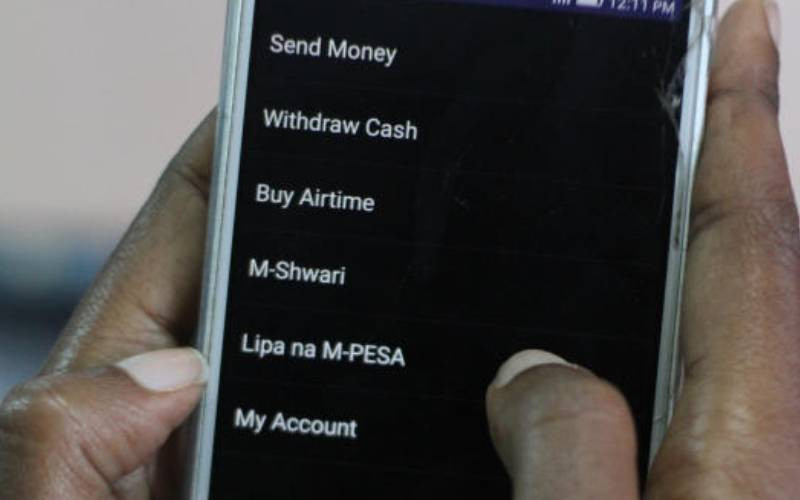
Investing in Kenya’s rapidly evolving financial landscape requires strategic diversification. Balancing gold investments with exposure to the Kenyan Shilling is increasingly popular among investors looking to optimise their portfolios against currency fluctuations and global market volatility. Successfully combining these two asset classes can mitigate risk and enhance returns over time.
Trading gold is becoming increasingly attractive to Kenyan investors due to its global acceptance as a reliable hedge against inflation and economic uncertainty. Gold investments can stabilise portfolios because gold’s value tends to increase during periods of economic instability or when inflation erodes the purchasing power of currencies, including the Kenyan Shilling. To effectively leverage these benefits, investors should be informed and cautious, developing a comprehensive understanding of gold market dynamics.
Understanding the Kenyan Investment Environment
Kenya’s economy is characterised by periodic volatility influenced by factors such as inflation rates, interest rate fluctuations set by the Central Bank of Kenya, and external economic pressures. The Kenyan Shilling has shown both resilience and susceptibility to global economic shifts, making it necessary for investors to safeguard their assets against unpredictable movements.
As Kenya becomes increasingly integrated into the global economy, events such as fluctuations in commodity prices, shifts in international trade, and geopolitical tensions can rapidly impact the value of local currency investments. Thus, balancing exposure to local currency with alternative assets like gold becomes prudent.
Why Gold Makes Sense for Kenyan Investors
Gold has historically proven itself as a stable investment, maintaining its purchasing power over the long term. It acts as an insurance policy, protecting investors against currency depreciation and inflation. For Kenyans, gold is particularly attractive due to several reasons:
Inflation Hedge: Gold prices typically rise when inflation increases, protecting purchasing power.
Global Acceptance: Gold is universally accepted and valued, facilitating liquidity in uncertain economic times.
Portfolio Stability: Including gold reduces overall portfolio volatility because its price movements generally have a low correlation with traditional financial markets.
Balancing Gold with Kenyan Shilling Exposure
Balancing gold and Shilling exposure requires careful consideration of multiple factors to ensure the portfolio is resilient to market shocks while also positioned to benefit from economic growth in Kenya.
Monitor Inflation and Interest Rates
Regularly monitoring Kenya’s inflation and interest rates helps investors decide how much gold versus currency exposure is suitable. Higher inflation rates or falling interest rates typically warrant a greater allocation to gold. Conversely, when interest rates rise significantly and the Kenyan Shilling strengthens, investors may choose to increase their exposure to Shilling-denominated assets.
Stay informed. Subscribe to our newsletter
Analyse Currency Trends
Understanding the historical trends and future projections of the Kenyan Shilling can guide effective portfolio management. When the Shilling weakens against major currencies such as the US Dollar or Euro, gold prices typically rise. Investors should thus strategically allocate assets based on anticipated currency trends.
Risks and Considerations
While combining gold with Shilling exposure is beneficial, it is crucial to recognise associated risks. Gold prices can be volatile due to global market changes, geopolitical events, or shifts in demand and supply. Similarly, fluctuations in Kenya’s economic policies and fiscal discipline can influence the value of the Shilling. A balanced portfolio must therefore factor in:
Market volatility and its potential impacts.
Economic stability in Kenya and global trends.
Policy shifts from the Central Bank of Kenya.
Investors should conduct thorough research, regularly update their market knowledge, and remain vigilant about economic developments both domestically and internationally.
Diversification Strategy for Kenyan Investors
Effective diversification is central to balancing gold and Shilling exposure. Investors are advised to allocate their investments across various asset classes, ensuring that gold investments complement rather than dominate the portfolio. Typically, financial experts recommend limiting gold to around 5% to 15% of a portfolio, adjusting as economic conditions dictate.
Given Kenya’s rapidly developing investment climate, investors can also incorporate other stable assets, such as government bonds, to further reduce volatility. By distributing investments wisely, investors not only preserve capital but also position themselves for consistent growth.
Implementing Gold Trading Effectively
For Kenyan investors looking to balance gold and Shilling exposure effectively, it is vital to understand the fundamentals of gold trading. Partnering with reputable trading platforms can simplify this process and ensure smoother transactions. Investors should thoroughly research and select trustworthy platforms, such as those offering clear educational resources on trading gold, to develop essential skills and market understanding.
Moreover, consistent analysis of gold market trends and maintaining a disciplined approach to trading can significantly enhance profitability. Investors should develop a robust investment strategy that aligns with their risk tolerance, financial goals, and market expectations.
Conclusion
Balancing gold and Shilling exposure in a single portfolio is a strategic approach for Kenyan investors aiming to safeguard and grow their wealth amid market uncertainties. By understanding local economic indicators, monitoring currency trends, and effectively managing portfolio diversification, investors can build resilient portfolios. Educated and informed decisions regarding trading gold and currency exposure are essential, enabling investors to thrive regardless of prevailing market conditions.
 The Standard Group Plc is a
multi-media organization with investments in media platforms spanning newspaper
print operations, television, radio broadcasting, digital and online services. The
Standard Group is recognized as a leading multi-media house in Kenya with a key
influence in matters of national and international interest.
The Standard Group Plc is a
multi-media organization with investments in media platforms spanning newspaper
print operations, television, radio broadcasting, digital and online services. The
Standard Group is recognized as a leading multi-media house in Kenya with a key
influence in matters of national and international interest.
 The Standard Group Plc is a
multi-media organization with investments in media platforms spanning newspaper
print operations, television, radio broadcasting, digital and online services. The
Standard Group is recognized as a leading multi-media house in Kenya with a key
influence in matters of national and international interest.
The Standard Group Plc is a
multi-media organization with investments in media platforms spanning newspaper
print operations, television, radio broadcasting, digital and online services. The
Standard Group is recognized as a leading multi-media house in Kenya with a key
influence in matters of national and international interest.










